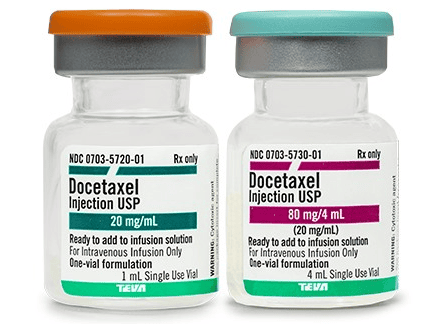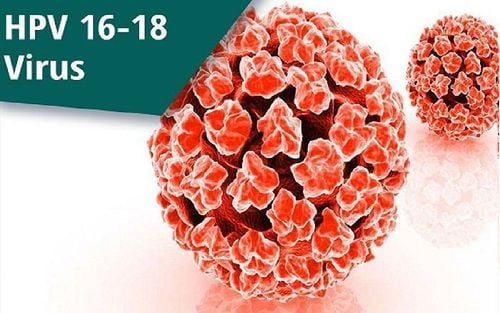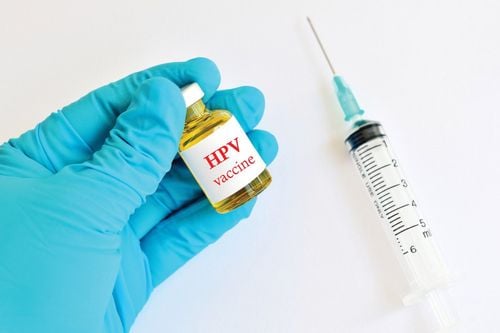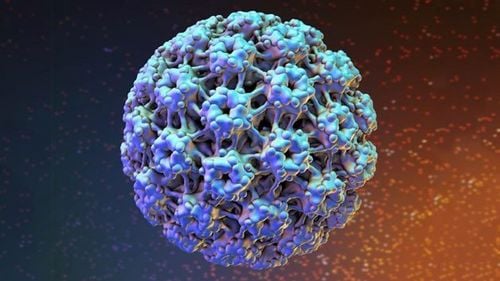This is an automatically translated article.
Article written by Master, Doctor Ha Thi Thu Hien - Pathologist - Laboratory Department - Vinmec Times City International Hospital.
Cervical cancer is a very common disease, the world's 3rd most common cancer in women, especially in developing countries. Statistics on many studies in many regions show that more than 90% of cervical cancer cases are related to HPV.
1. What is HPV?
HPV stands for Human Papilloma Virus is an unenveloped DNA virus in the same group as adenovirus or parvovirus. There are different types of HPV, which can cause health problems like genital warts and cancer.
2. How is HPV spread?
There are more than 200 types of HPV, of which more than 40 are sexually transmitted. Having oral, vaginal, or anal sex with someone who has the virus can expose you to HPV. When you have sex with someone who has HPV, you have a high chance of becoming infected even if the infected person has no signs or symptoms. Sexually transmitted HPV is highest in women between the ages of 20 and 24 and then declines. About 20% to 30% of young men and women have multiple HPV infections.
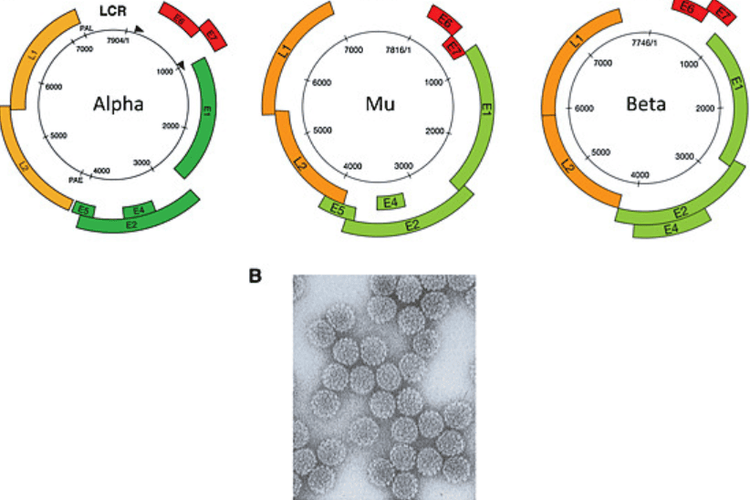
Virus HPV (Human Papilloma Virus) có nhiều type gây bệnh khác nhau
3. How does HPV infection affect health?
Most people with HPV go away on their own and don't cause any health problems. On average, 50% of HPV infections resolve on their own within 8 months and 90% within 2 years. The time to self-heal from high-risk HPV infection is longer than that of low-risk HPV infection.
When it doesn't go away on its own, it can cause health problems like warts and cancer.
4. HPV and cervical cancer
HPV infection can cause many cancers such as vulvar, vaginal, penile, anal, oropharyngeal, especially cervical cancer.
Low-risk HPV types: 6, 11, 40, 42, 43, 44, 54, 55, 61, 70, 72, 81 and CP6108, associated with genital inverted papilloma and low squamous endothelial injury. High-risk HPV types 16, 18, 31, 33, 35, 39, 45, 51, 52, 56, 58, 59, 66, and 68 are associated with high squamous endothelial damage and cancer invasive epithelium. Among them, HPV 16 causes about 60% of cervical cancers. HPV 18 in about 10% of cases. Every other high-risk HPV type is associated with cancer in less than 5% of cases.
When a person's HPV infection does not go away on its own, it will progress to cervical cancer. Cervical cancer has a long development time, with an average of 10 to 15 years of progression from dysplasia to cancer. This is a favorable time for cervical cancer screening, helping to detect and treat dysplastic lesions as well as early cancer.
There are favorable factors for cervical cancer progression from HPV infection: multiple births, early intercourse, multiple sex partners, smoking...

Virus HPV 16 và 18 là hai type chủ yếu gây bệnh ung thư cổ tử cung
5. The role of HPV vaccine
The HPV vaccine is an effective measure to protect the body against the strains of HPV that cause genital warts as well as the high-risk strains of HPV that are the most common cause of pre-cancer and cancer.As recommended by the World Health Organization, the ideal age for HPV vaccination is all children, men and women, 11 - 12 years old but can also be started from 9 years to 25 years . According to the CDC, although the HPV vaccine is not recommended for people aged 26 and older, the 27 to 45-year-old age group who are at risk for HPV infection but have never been vaccinated may still be helpful.
6. Difference between HPV test and PAP . test
The HPV test has a different value than the PAP test The PAP test shows whether or not there are suspicious or malignant lesions on the cervix.
Meanwhile, the HPV test will tell if you are currently infected with HPV, and if so, which group: high risk or low risk. As noted above, HPV infection does not mean cervical cancer, and determining whether or not HPV infection is present does not indicate the current histological status of the cervix (normal, suspected or malignant). count). A negative HPV test result can only indicate that the person being tested is currently free of HPV infection, but does not say if the person has been infected before and if so, now, whether this infection has resulted in damage. cervical injury.
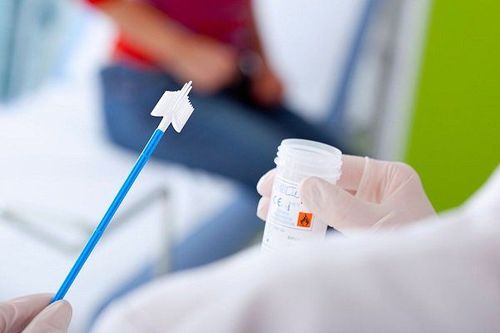
Xét nghiệm PAP giúp chẩn đoán bệnh lý ung thư cổ tử cung ở nữ giới
The HPV test is used in conjunction with the PAP test to improve screening for suspected cases, as well as to help monitor the disease more closely. Until now, even in developed countries, which have a very effective cervical cancer screening program, it is still recommended to use the HPV test along with the PAP test, which is still the primary screening tool for cervical cancer. First mass filtration.
Currently, the Laboratory of Laboratory, Vinmec International General Hospital is performing routine HPV genotype testing on the automatic system of Seegene (Korea) which has been certified CE-IVD. This technique is based on the principle of Real-time PCR, has higher sensitivity, specificity and feasibility than conventional PCR in detecting HPV infection and genotype, and can simultaneously detect 28 other types. It includes all types in the low-risk and high-risk groups.
Vinmec International General Hospital currently has a package for screening and early detection of gynecological cancer for female customers over 40 years old.
To register for examination and treatment at Vinmec International General Hospital, you can contact Vinmec Health System nationwide, or register online HERE.





